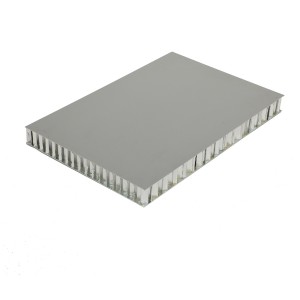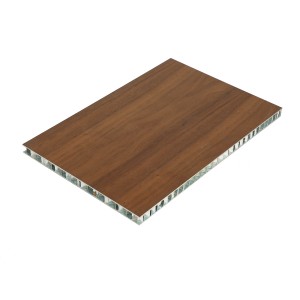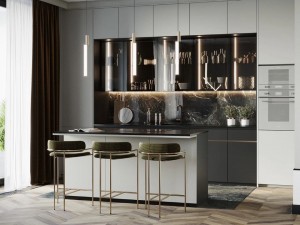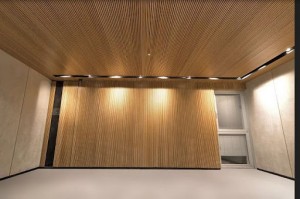As the global construction industry shifts toward sustainability, aluminum honeycomb panels are emerging as a leading material for green buildings. Combining lightweight strength, energy efficiency, and recyclability, these panels help architects and developers meet stringent environmental standards while reducing long-term operational costs. Here’s why they are becoming a cornerstone of sustainable construction.


1. Energy Efficiency & Thermal Performance
Aluminum honeycomb panels feature a sandwich structure—thin aluminum sheets bonded to a hexagonal core—which provides superior thermal insulation. This design minimizes heat transfer, reducing HVAC energy consumption by up to 30% compared to traditional materials.
Reflective surfaces deflect solar radiation, lowering cooling demands in hot climates.
Air pockets within the core act as natural thermal barriers, maintaining stable indoor temperatures year-round.
Real-World Impact: A commercial high-rise in Berlin cut its annual energy use by 22% after installing aluminum honeycomb cladding.
2. Recyclability & Circular Economy Benefits
Unlike composite materials that degrade or require specialized disposal, aluminum honeycomb panels are 100% recyclable without losing structural integrity.
Post-consumer scrap aluminum is increasingly used in production, reducing reliance on virgin materials.
Lower carbon footprint compared to steel or concrete, aligning with LEED and BREEAM certification requirements.
Industry Insight: Hydro Aluminium’s new recycling plant in Spain will produce 120,000 tons of low-carbon aluminum annually, supporting greener construction.
3. Lightweight Construction = Lower Embodied Energy
Traditional building materials (e.g., concrete, brick) demand heavy structural support, increasing embodied energy (total carbon from production to installation). Aluminum honeycomb panels weigh up to 80% less, offering:
Reduced foundation loads, minimizing material use.
Lower transportation emissions due to lighter weight.
Case Study: The Munich “Honeycomb House” used these panels to achieve passive house standards while maintaining structural strength.
4. Fire Resistance & Durability
Green buildings must balance sustainability with safety. Aluminum honeycomb panels excel due to:
Non-combustible properties, meeting CNS 14705-1 fire resistance standards.
Corrosion resistance, ensuring longevity even in coastal or high-humidity environments.
Market Trend: Fire-resistant A2-grade aluminum composite panels are gaining traction in high-rise façades.
5. Innovative Applications in Green Architecture
Beyond insulation, these panels enable cutting-edge sustainable designs:
Ventilated façades (e.g., STACBOND systems) enhance natural airflow, reducing mechanical cooling needs.
Prefabricated modular construction slashes on-site waste and speeds up project timelines.
Solar-integrated cladding combines energy generation with building aesthetics.
Post time: Jul-11-2025



